Tobacco cultivation is a long and painstaking process, made of details and consistancy, attention and care, experience and manual skills. Choosing the right soil is fundamental for the production of a great tobacco; for this reason chemical analyzes are often necessary to highlight the levels of pH, chlorine and other substances present in the earth and in the water used for irrigation. The same tobacco grown in different environmental conditions leads to different organoleptic results of the final product. One of the best known areas for tobacco cultivation is Vuelta Abajo, in the Cuban province of Pinar del Rio. Another mecca is located in Estelì, Nicaragua. Another again is the Cibao valley, in Dominican Republic.
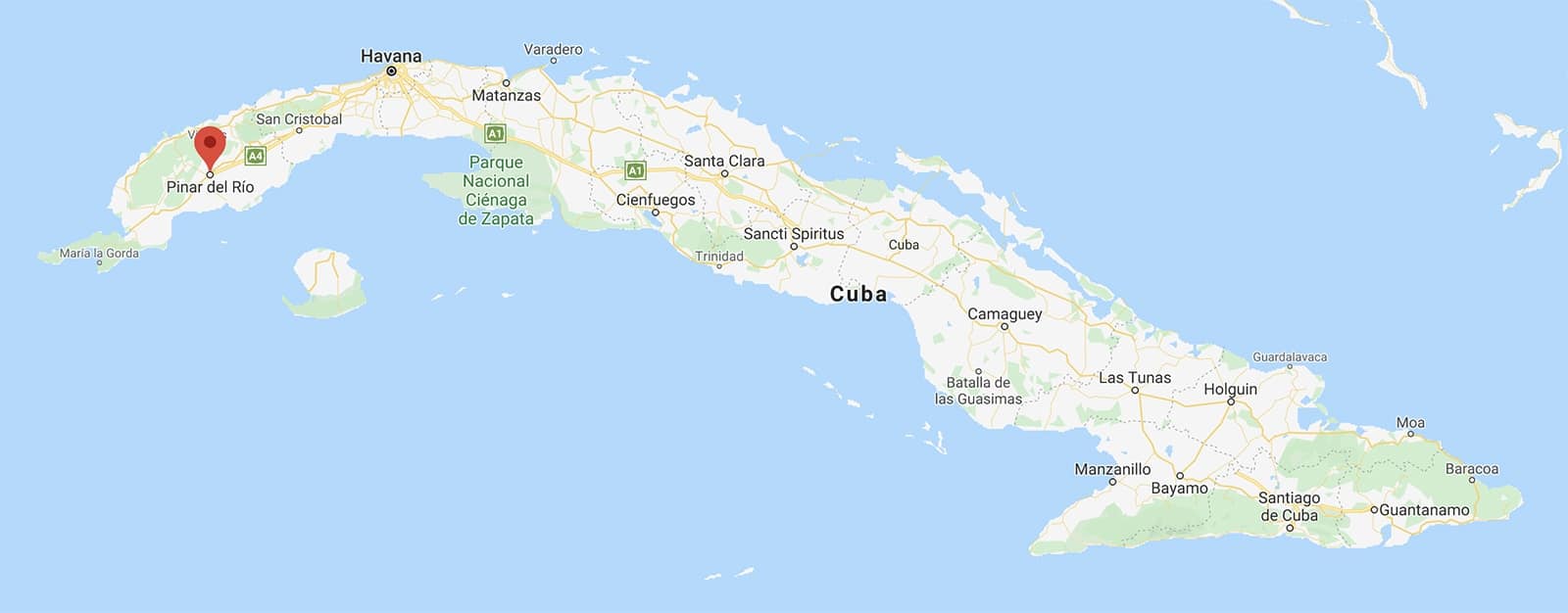
It usually starts in June, and until August the field are prepared. It has to be plowed several times for the tobacco plants to grow in free, clean soils. Plowing is carried out at 12-16 inches (30/40 cm) and followed by harrowing. The harrowing is limited to working the surface layer of the soil, from 2 to 7 inches (5 to 15 cm), in order to have smaller clods and a more regular surface. A harrowed soil is therefore chopped up on the surface, flattened and ready for sowing or transplanting.
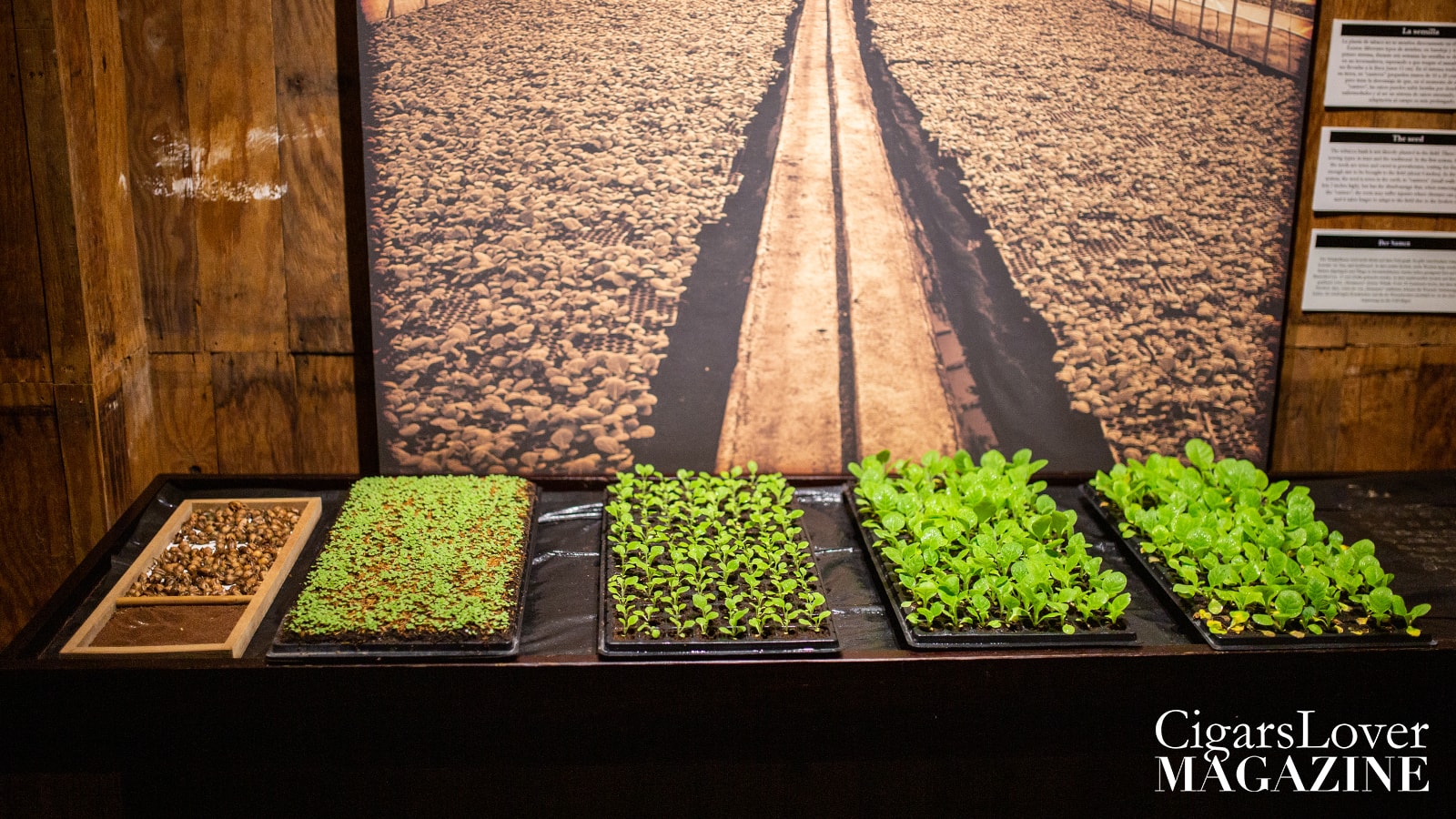
The seeds are sown in September. The seedlings grow in special covered greenhouses, to be more protected. After a few weeks (6 to 8), when the seedlings have reached a height of 7-9 inches (15/20 centimeters), they are removed from the greenhouse and planted in the fields for the next twenty-four hours. The transplant, which falls in the second half of October, must be carried out at temperatures above 60°F (15°C) and is followed by irrigation, which helps the plants to take root and thrive. A vegetative growth phase of the plant begins, which can last from 50 to 70 days. About twenty days after the transplant, other earth is accumulated around the plant to allow the development of stronger roots, together with calcium carbonate and fertilizers. Soil fertilization is repeated approximately every 15 days. The tobacco plant develops a taproot (that descends perpendicular deep into the ground and guarantees stability), a large cylindrical body and long horizontal roots.
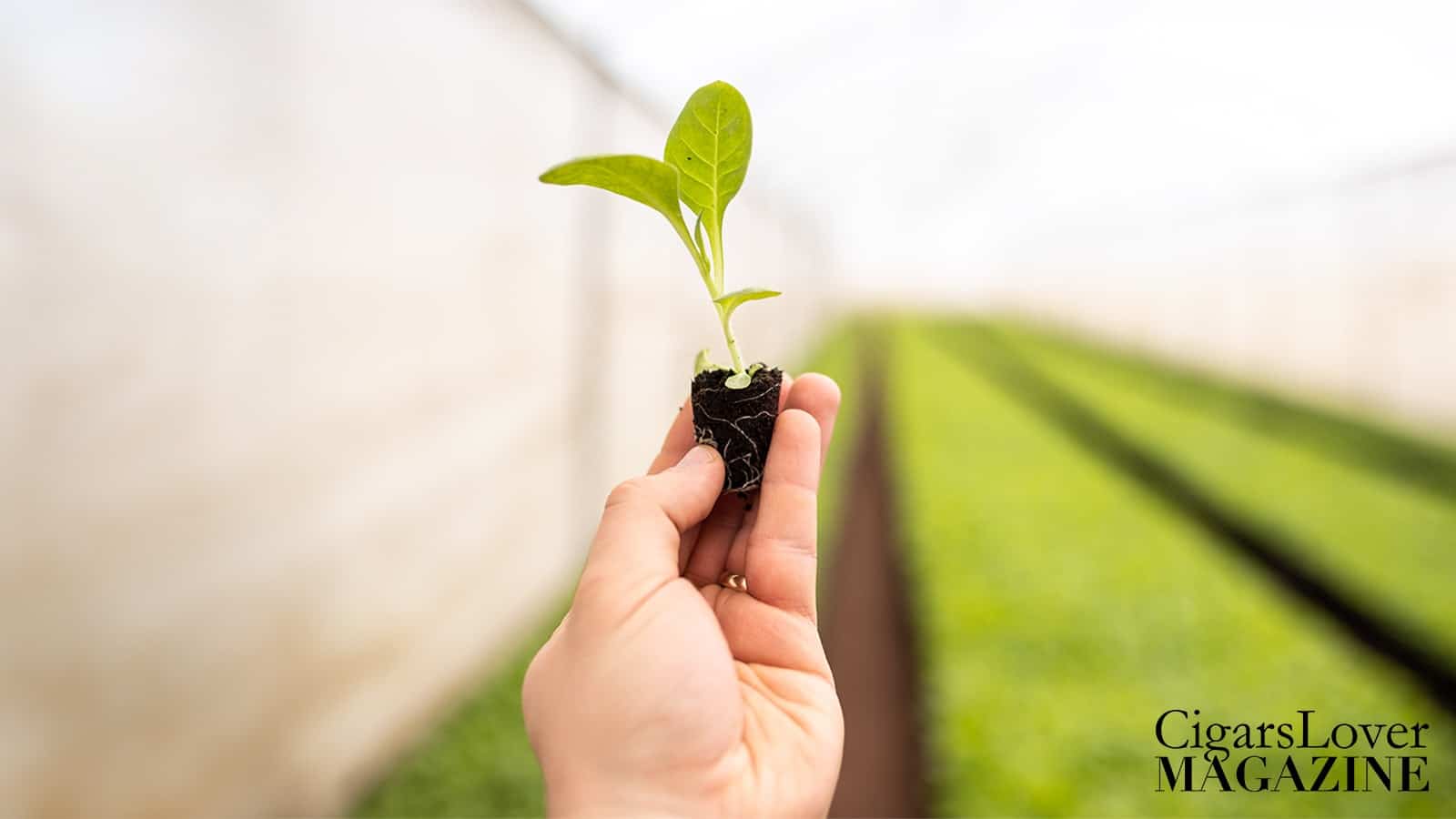
Halfway through the growth, the upper bud is removed to concentrate the plant’s resources in the development of the leaves. By trimming, which consists of the stem splitting, the plant is allowed to accumulate nicotine on a limited number of leaves, when it is desired to grow large, heavy and strong. On the leaves, the effect of the topping is all the more marked the lower and earlier it is done. The times of the last phase vary greatly, according to the type of leaf to be produced. Potentially the plant undergoes a flowering phase and a subsequent maturation. The lower leaves reach maturity and can be harvested a few weeks before the higher leaves.
The best temperatures for the growth of tobacco plants are those in the range between 20 ° C and 30 ° C. A dry period is required for the maturation and a subsequent collection of the leaves; excessive rainfall can favor the growth of lighter and thinner leaves.
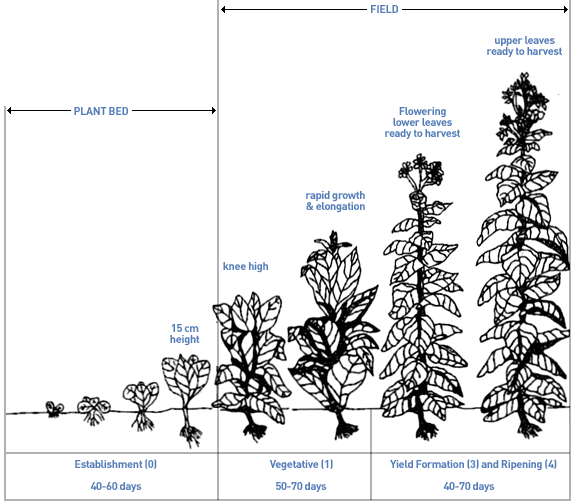
During the first weeks the seedbeds need on average 3 to 5 liters of water per square meter per day; then, between 30 and 40 days, they will have to receive less and less water to favor their strengthening. Once transplanted they will require a peak of water after another 50/70 days, and then less and less until the leaves are collected, 90/120 days after the transplant.
The water regimes that make it possible to obtain regular tobacco cultivation must take into account the soil’s ability to store water, precipitation and irrigation. Too frequent irrigation damages the crop, while a deficit of water in particular periods of the process can increase some characteristics including resistance to drought. 75% of the water is absorbed by the roots at a depth not exceeding 30 cm.
Originally there were two varieties of tobacco plants used in the making of the Cuban puros: the Corojo, from which the leaves for the wrapper were obtained, and the Criollo, which supplied the leaves for binder and filler. Today, cultivating Corojo means having a high probability of incurring problems such as blue mold and the black stem fungus, which affects the roots of the plant and leads to the stem drying and dropping the leaves.
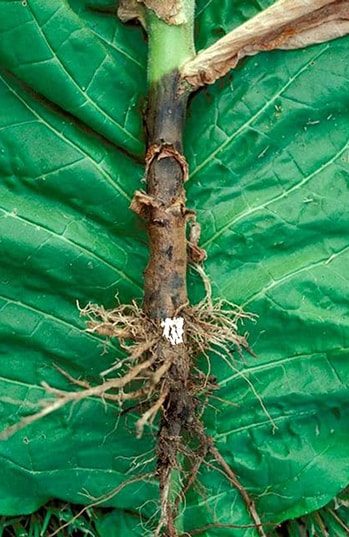 |
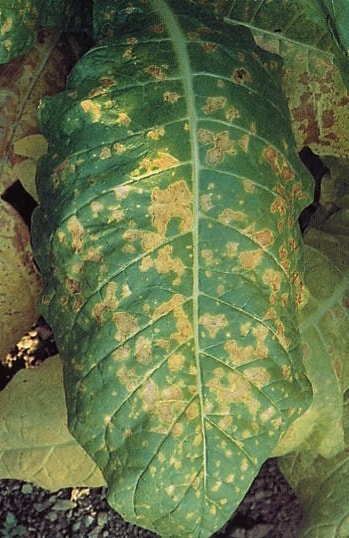 |
The risk of ending up with a very low harvest has pushed growers to experiment with alternatives; today they bear the name of Habanos 2000, Criollo 98, Criollo 99 and Corojo 99. These are hybrids obtained from the cross-pollination of the original plants with alternative tobaccos to increase their resistance to the aforementioned diseases. Apparently these new hybrid types provide wider and longer leaves, which favor the making of a cigar. In addition, the processing times are shorter and guarantee the availability of the wrapper many weeks earlier than using the Corojo.
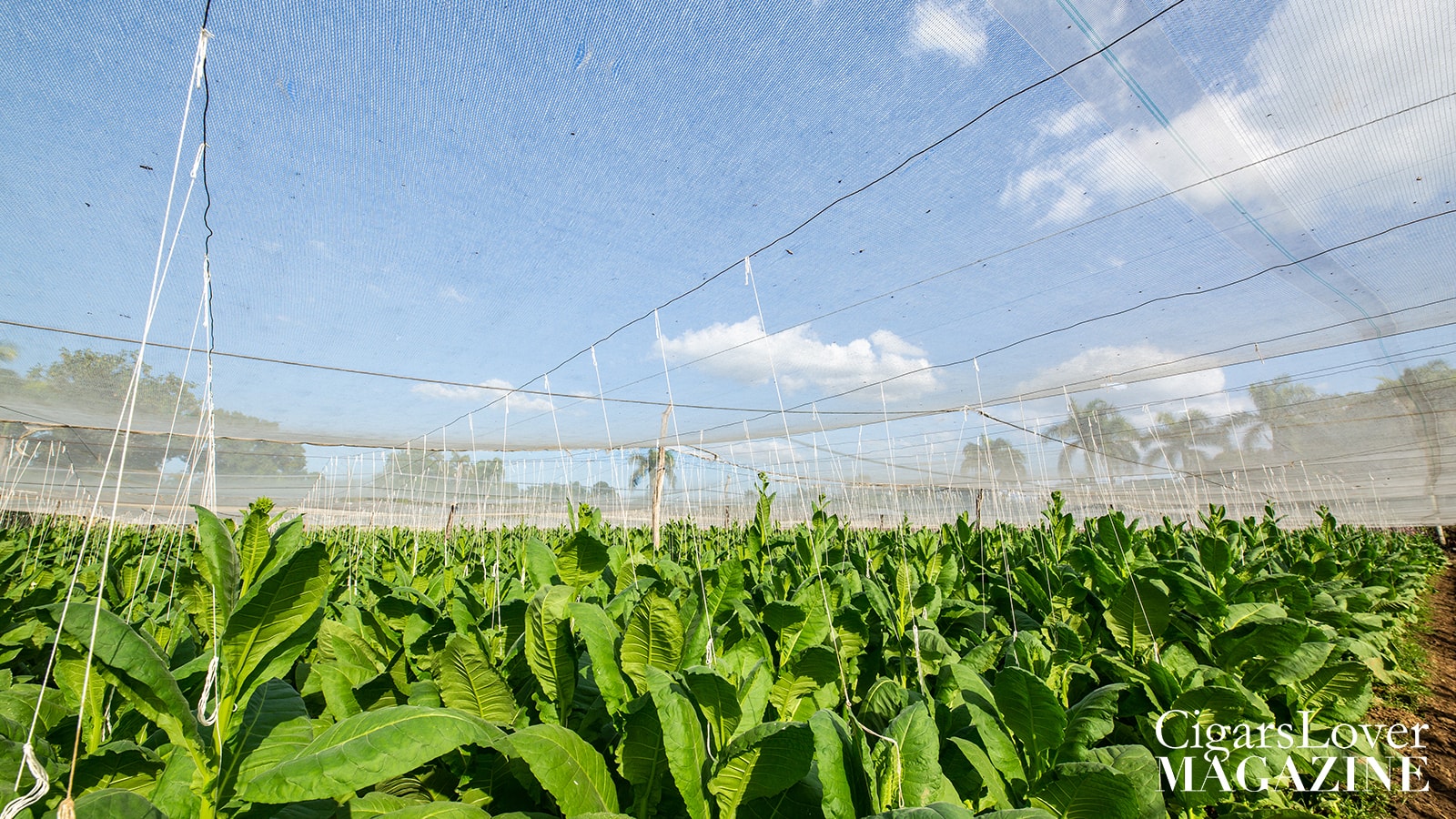
The cultivation of Corojo and its hybrids for the production of the cigar wrapper takes place under cotton cloths, called tapados, which men on stilts erect in order to protect the tobacco against too much sun, wind and parasites. The canvas also retains heat, promoting vertical growth and elongation of the leaves, which are uniform and smooth like silk. Each plant grows around 16/17 leaves.
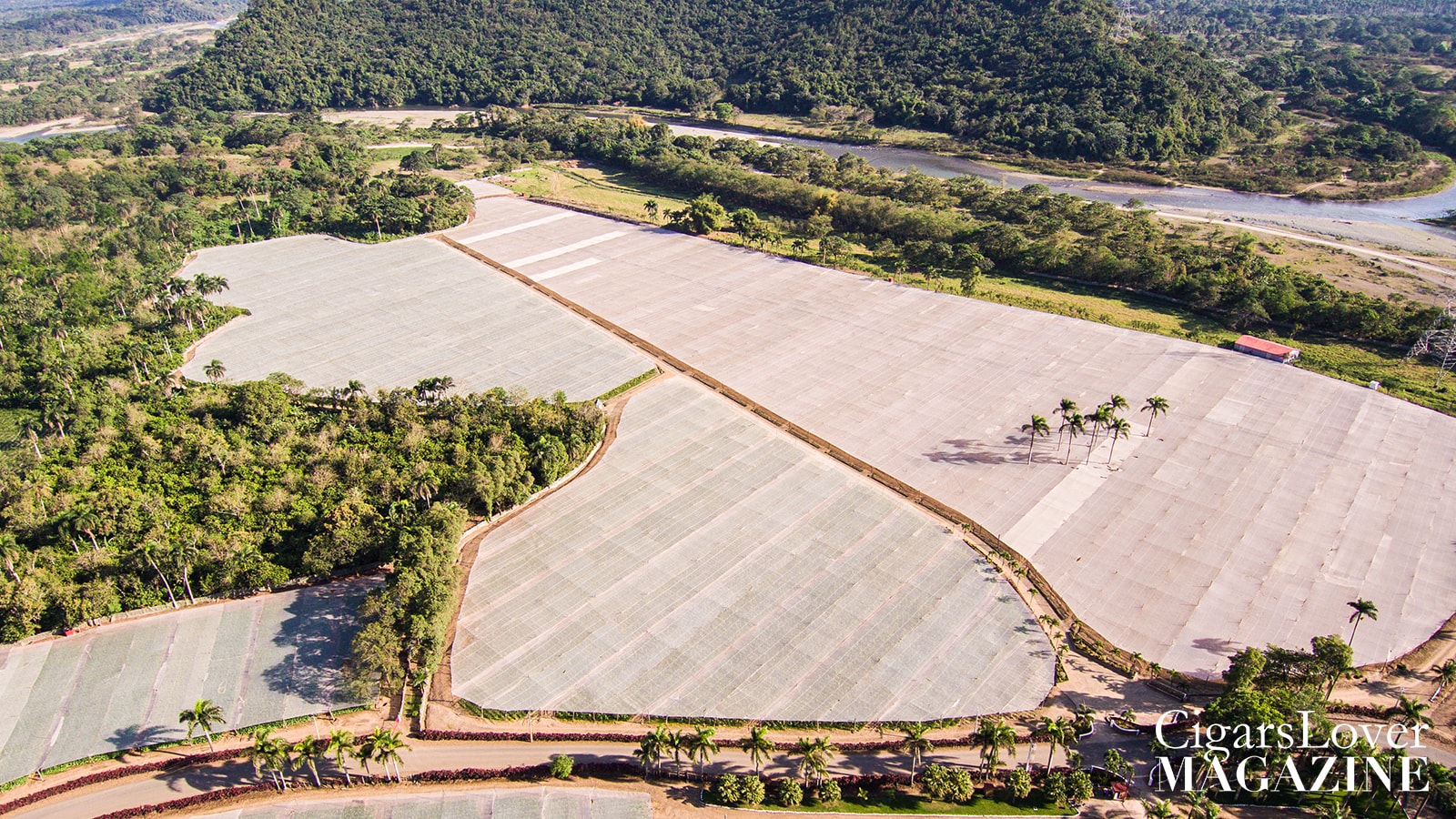
Criollo bears 12/13 leaves, and must grow in the sun, which enhances the flavors and intensity of the aromas, which contribute to defining the characteristics of each brand.


